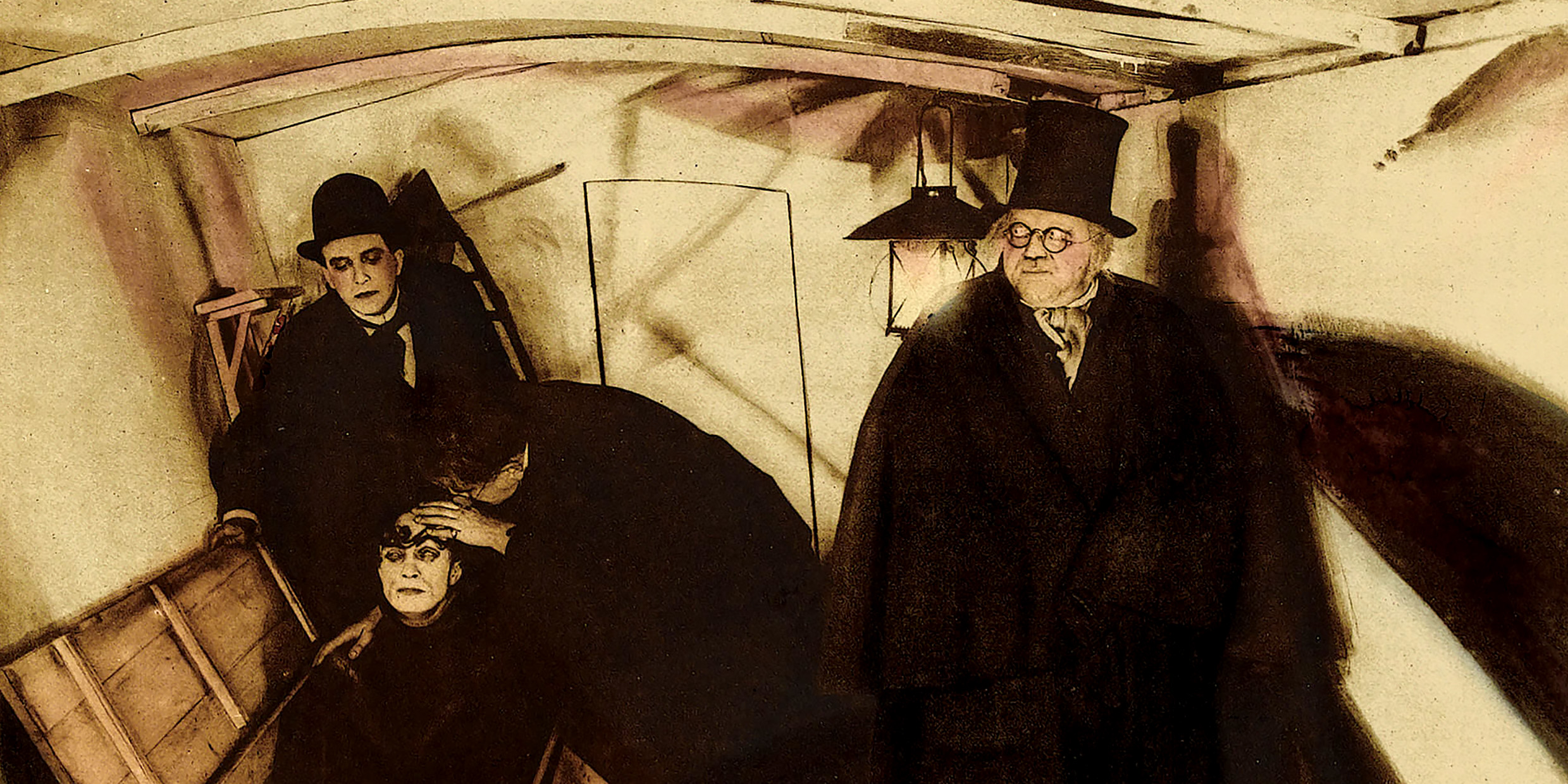Originally published 9 October 1989
Whatever became of the Mad Scientist?
If you think there have been fewer Mad Scientists in the movies lately, you are right. British sociologist Andrew Tudor has studied almost 1,000 horror movies made between 1934 and 1984, and reports his observations in a [August 1989] issue of Nature. He detects a steady decline in the proportion of science-based horror movies after 1960 and the virtual disappearance of Mad Scientists. By the late 1970s, says Tudor, even the most explicitly science-oriented horror movies pay little attention to science.
The Mad Scientist made his spooky debut in the Gothic castles and cobwebby basement laboratories of the 30s. The villains of those early films were mostly humorless experimenters pursuing knowledge at the expense of human values. The archetypal Mad Scientist, of course, was Baron Frankenstein, a solitary genius who tinkers with forces of nature that go wildly out of control.
By the time I became a movie buff in the 50s, science was still frequently a source of mayhem, but often the Mad Scientist seemed disturbingly normal. Two movies from that era that come especially to mind are The Thing (1951) and The Fly (1958). Thanks to video cassettes, it was an easy matter to view both films again.
Crash-landing its flying saucer
The horrific Thing crash-lands its flying saucer near an American research station at the North Pole, setting off all kinds of scientific instruments: sound detectors, seismographs, magnetometers, compasses. “This geiger counter’s going crazy!” says one young researcher predictably. “Could be the Russians,” replies dashing Air Force captain Pat Hendry. “They’re all over the Pole like flies.”
Yes, it is 1951, but it’s not the Russkies this time. The Thing is a giant man-like plant, intent on sucking human blood. What to do? Captain Hendry organizes an assault. The chief scientist, Dr. Carrington, has other ideas. Destruction of the monster would betray science, he insists. This walking carrot from outer space knows “the secrets of the stars,” and must be studied.
Carrington is impressed by the Thing’s exceptional brain, pure vegetable intelligence unencumbered by human distractions like love and sex. “No emotions, no heart, our superior in every way!” the doctor enthuses, revealing what Hollywood thinks of science at its worst.
We all know how the movie turns out. Carrington rushes up to the monster shouting, “I’m not your enemy. I’m a scientist.” Whack! So much for naive curiosity.
Captain Hendry saves the day by frying the Thing with high-voltage electricity.
By 1958, heartless science had given way to pure-hearted bumbling. In The Fly, gentle Andre, loving husband and father, has devised a matter transporter in his basement laboratory. An object goes in Cabinet A. Whirring noises. Flashing lights. The object rematerializes across the room in Cabinet B. Andre expounds the device’s many virtues to his spouse: “There need never be a famine. Surpluses can be sent instantaneously at no cost, anywhere. Humanity will never want or fear again.” His pretty wife is less sure. “Oh Andre,” she says. “I get so scared sometimes. The suddenness of our age. Electronics. Rockets. Earth satellites. Supersonic flight. And now this!”
Now this, indeed.
In his mad rush to obliviate humanity’s want and fear, Andre tests the device on himself, failing to notice a fly in the transporter. Atoms get mingled. Scientist is reassembled with a fly’s claw-like hand and a fly’s head.
“There are things a man should never experiment with,” he laments, too late.
The rise of the psychotic villain
So what happened to these marvelous Mad Scientists of yesteryear? Science needs them even if Hollywood doesn’t, to inspire us to passion and remind us of our excesses. According to Andrew Tudor, the demise of the Mad Scientist coincides with the rise of the psychotic villain. Apparently, we have become more interested in worlds inside our heads than in the world outside.
There may be another reason why science has disappeared from horror movies. In an essay on The Imagination of Disaster, Susan Sontag wrote: “Ours is indeed an age of extremity. For we live under continual threat of two equally fearful, but seemingly opposed destinies: unremitting banality and inconceivable terror. It is fantasy, served out in large rations by the popular arts, which allow most people to cope with these twin spectres.”
Perhaps the Mad Scientist no longer serves to alleviate the banality of life because science has itself become unremittingly banal. People are bored with science. They are glad it’s there, like electricity, but they would just as soon not think about it. They perceive it as the drab, soulless servant of industry, government, and the military, and according to Tudor that is exactly how scientists are now portrayed in the movies.
For science to be a source of fantasy horror, it must first be held in awe. In the movies of the 80s, says Tudor, science is just one more faceless instrument by which the establishment exerts power over a resisting population. The conclusion seems to be this: We have so few Mad Scientists today because we are in short supply of science heroes.



